Watch: Scenes from the Van Doos’ changing of the guard ceremony in London

MONTREAL – The Royal 22e Régiment, also known as the Van Doos Royal Guards, took part in the Changing of the Guard ceremony outside Buckingham Palace in London, England on Monday to mark its 100th anniversary.
The Changing the Guard or Guard Mounting ceremony is where a new guard exchanges duty with the old guard, handing over responsibility for protecting Buckingham Palace.
Canada’s High Commission tweeted photos from the scene, noting that commands were given in French.
The regiment will also “mount the guard” on July 16 and 18 at the Tower of London and St. James’s Palace.
In light of this historical event, here’s a look at six things you may not have known about Canada’s Royal 22e Régiment.
The regiment is 100 years old
David Johnston, the 28th Governor General of Canada and representative of Her Majesty The Queen, noted in a tweet that the regiment was celebrating its 100th anniversary.
The Van Doos were officially created on October 14, 1914, after the French Canadian pharmaceutical entrepreneur Arthur Mignault offered the government $50,000 form a solely French Canadian regiment.
His offer was welcomed by the then Prime Minister, Robert Borden, who was trying to muster the half a million soldiers he had promised to the Allied cause.
Why Van Doos?
The regiment is known colloquially as the Van Doos, a linguistic corruption of vingt-deux, which is French for twenty-two.
Language was as hot an issue in Canada a hundred years ago as it can be today. Regulation 17, a law that banned both teaching in French, and the teaching of French, in Ontario schools, had just been issued two years earlier, in 1912.
French-speaking Canadians were outraged, and the law was considered one of the reasons behind a lack of support for the First World War, as the “King and country” was perceived as seeking to destroy Francophone communities in Canada.
The regimental mascot is a goat
Batisse (a goat) is the official mascot of the Royal 22e Régiment.
The regiment is garrisoned at the Citadelle
A military installation and official residence of both the Monarch of Canada and the Governor General of Canada, the Citadelle of Quebec City is found on Cap Diamant, just next to the Plains of Abraham, and forms part of the city’s fortifications.
There’s a changing of the guard in Quebec
There is a daily changing of the guard at the Citadelle in Quebec City, which is based on the changing of the guard at Buckingham Palace.
The Van Doos have stood guard at Buckingham Palace before
The last time the Royal 22e Régiment stood guard outside Buckingham Palace was in 1940 at the request of King George VI.
A British Pathé newsreel from 1940 noted that “men whose mother tongue was French have taken over the guard of the royal family . . . probably something that hasn’t happened since Norman days.”
Watch: British Pathé’s newsreel of French Canadians as King’s Guard (1940)


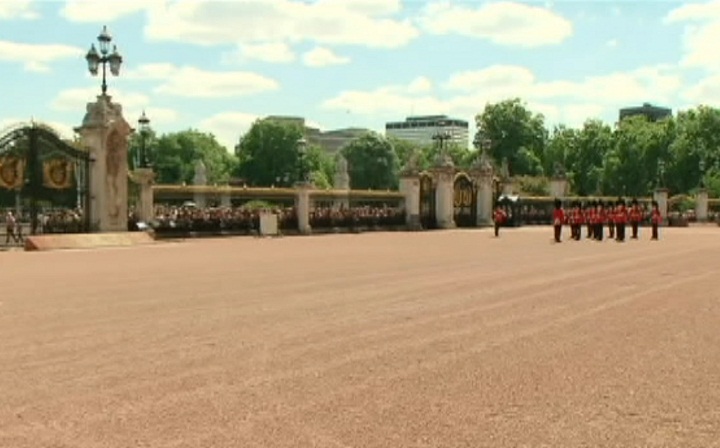





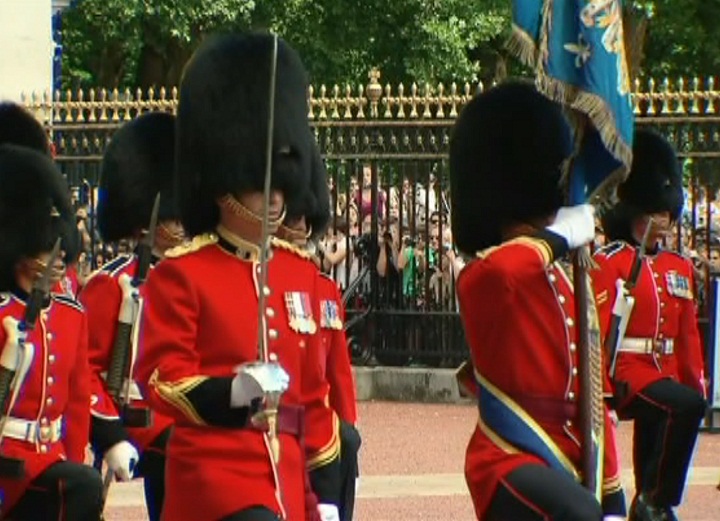











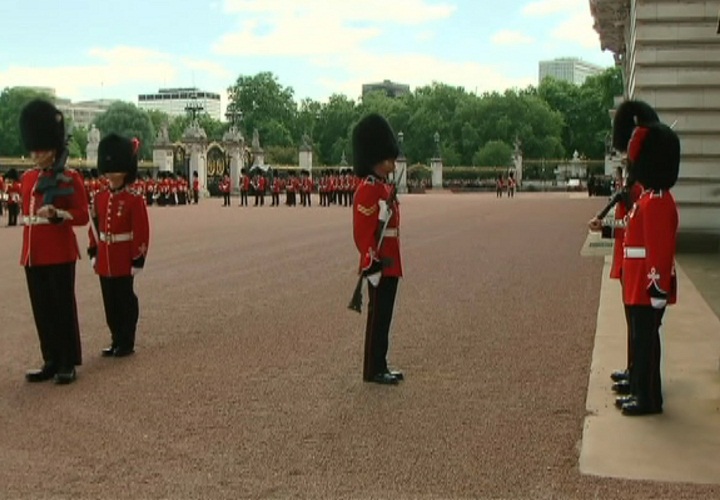

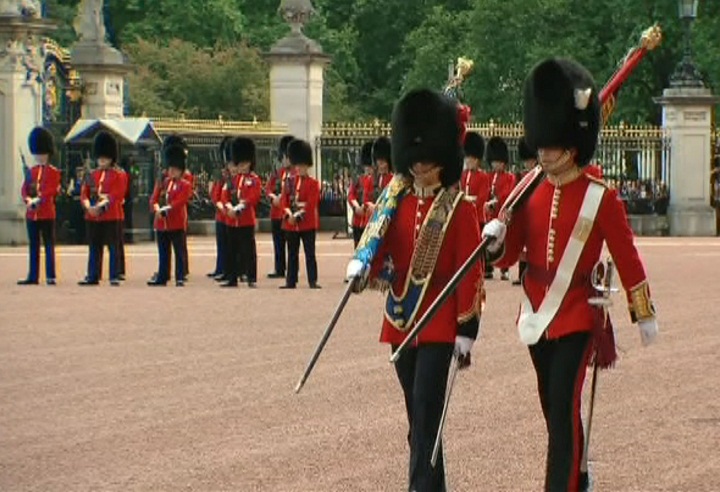

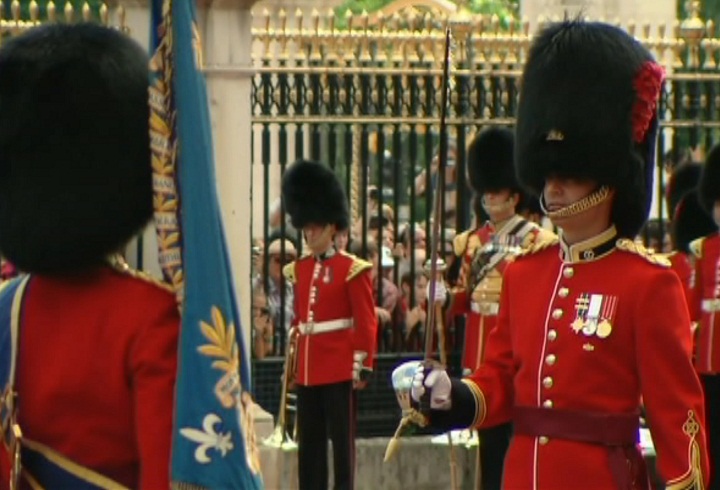









Comments